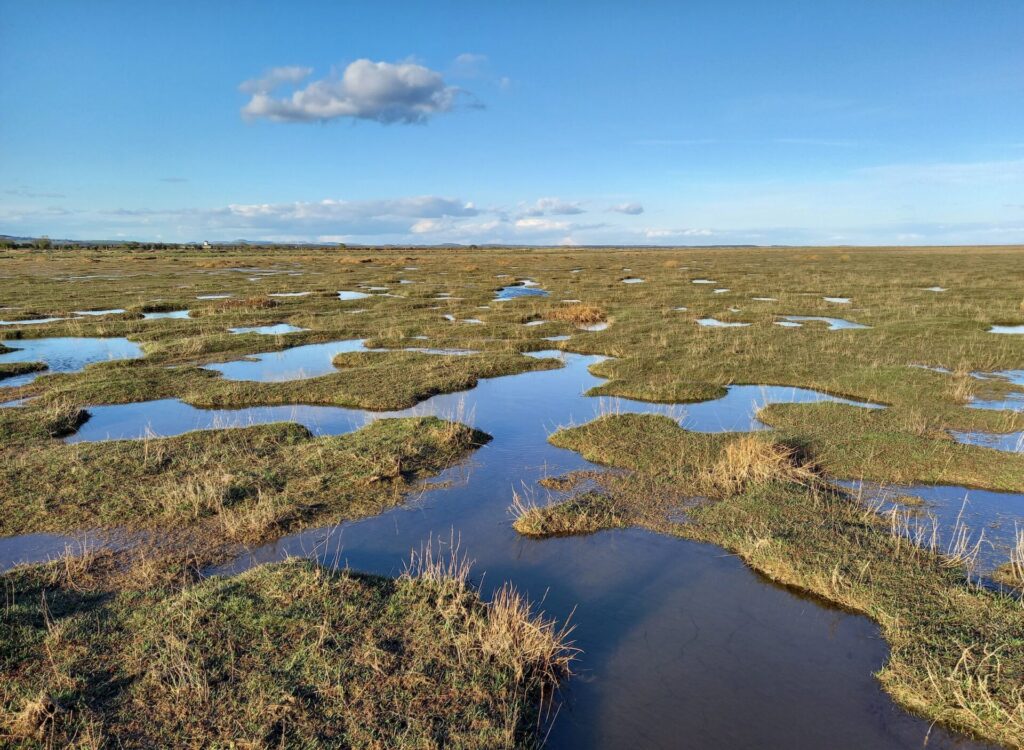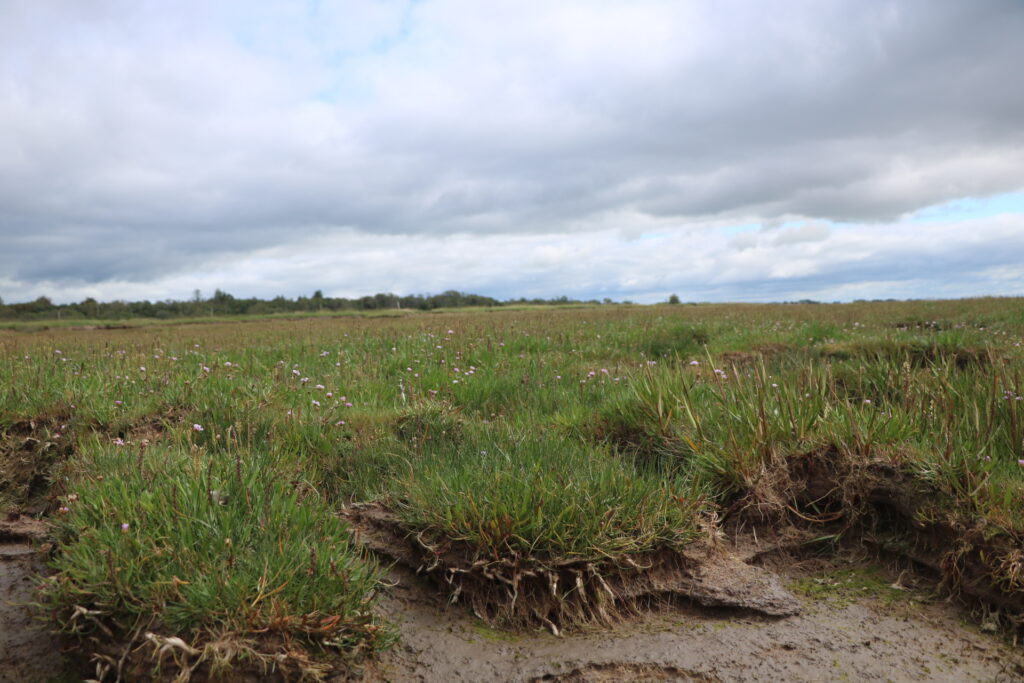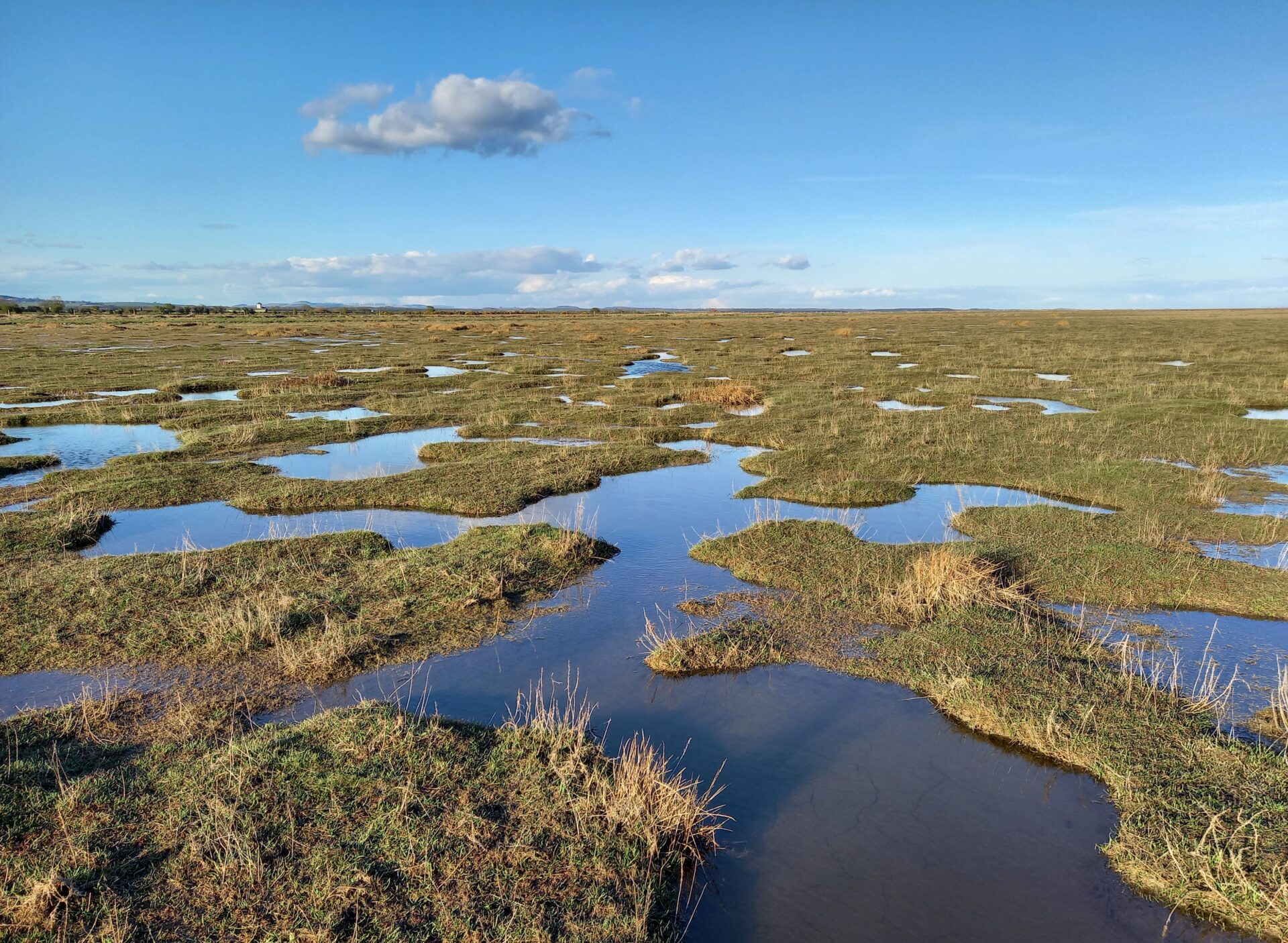The Team at NatureScot explain:
The whole of the Solway represents approximately 25% of the UK saltmarsh resource and this rich habitat, also known as merse, at Caerlaverock is the largest continuous area of saltmarsh in Scotland, there is also a good stretch of saltmarsh at Kirkconnell merse across the river Nith from Glencaple.
So, why are saltmarshes important?
Every winter, the Solway welcomes tens-of-thousands of Geese, who travel here from all over the world to spend winter months feeding on the saltmarsh grasses, sedges, roots, mosses and herbs.
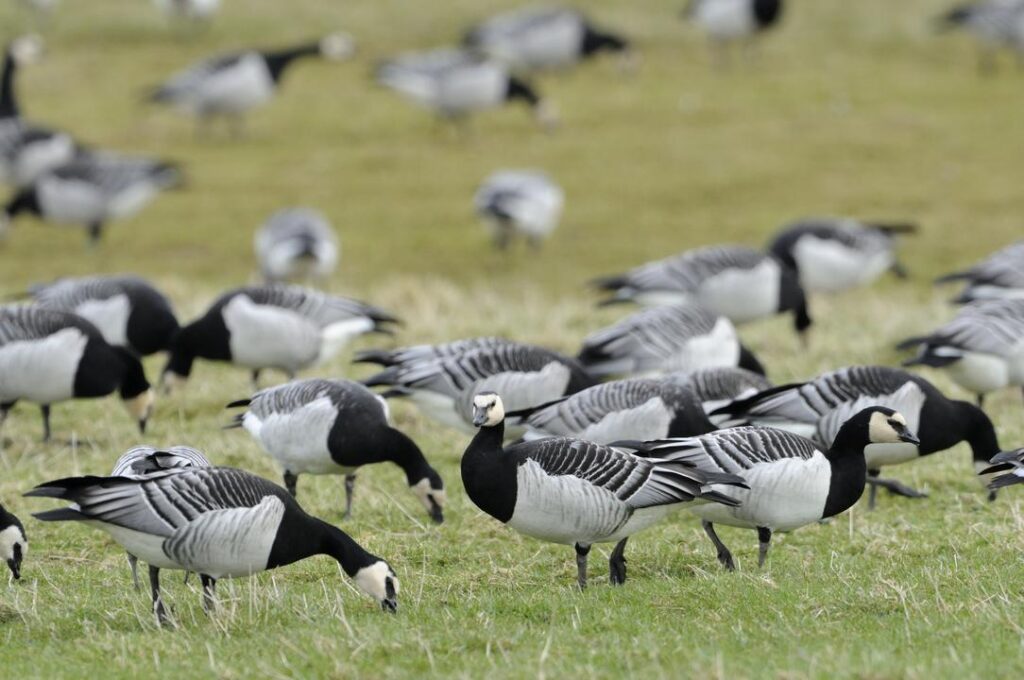
Not only are the Saltmarshes the preferred feeding spot for these winter visitors, this unique environment also provides an important habitat for a variety of other birds, including waders such as lapwing and redshank as well as skylark. Saltmarshes also provide shelter, food, and nursery grounds for fish species such as shrimp, crab and flounder.
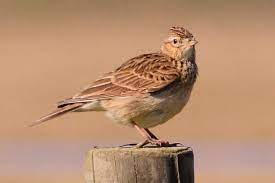
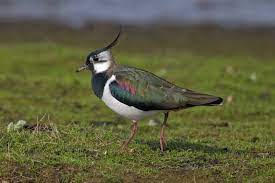
Saltmarsh absorbs flood waters and wave energy, providing a buffer between the sea and inland e.g. one acre of salt marsh can absorb up to 1.5 million gallons of floodwater, which is equivalent to more than 2.25 Olympic-size swimming pools.
Saltmarsh ground is composed of fine, muddy sediment and decomposing plant matter known as peat, where small, salt tolerant plants, known as halophytes, that can survive being covered by the tide and help knit the marsh into a stable carpet. These areas of wetland are so important as they can sequester and store 10 times more carbon than mature forests, helping to moderate the effects of climate change.
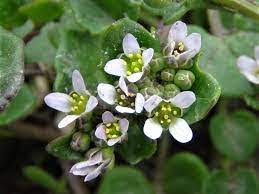
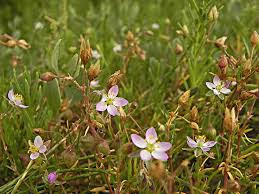
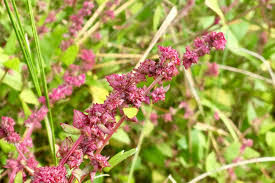
How do we manage the habitat to keep it in good condition?
1. At Caerlaverock National Nature Reserve, grazing for habitat management takes place on 330ha of saltmarsh, responsibility for which is shared by the Caerlaverock Estate, the Wildfowl and Wetlands Trust and private land-owners. The aim of the grazing is to maintain biodiversity of the saltmarsh plant communities and to provide a mosaic of summer habitats for breeding waders and natterjack toads. Grazing during the summer also helps achieve optimal grassland condition for overwintering geese. Grazing takes place between May and the end of September each year.
2. Cattle, sheep and goats are used on the reserve. Their different grazing habits have different effects on the grassland. Cattle graze less uniformly than sheep, leaving tussocks and an overall greater sward height, whereas sheep graze evenly and keep the grasslands short.

3. Lapwing like a very short sward, redshank prefer scattered tussocks for nesting and snipe and curlew require areas of tall, dense sward. Natterjacks need open areas as they ‘walk’ rather than hop on their short legs.
4. Saltmarsh fields contain pools and wet flushes that stay damp into the summer. These wet areas provide ideal nesting sites and food-rich areas for adults, chicks and toads.
5. Natterjack toads can tolerate a degree of salinity in pools that are flooded by the highest tides but, overall, the water should contain less than 10% seawater during the breeding season. The fields that are grazed by sheep for natterjacks are further inland, where they are more protected from regular tidal inundation.
6. Grazing is adapted to either reduce or exclude livestock from fields in the breeding season from mid-March to end of May. Grazing takes place at low stocking rates, less than one livestock unit per hectare, to help minimise nest trampling and overgrazing of flowering saltmarsh species throughout this period. Grazing continues into late summer, and can be at higher densities once the breeding season is over. This later grazing prevents the grass getting too long and dry ahead of the return of the geese in autumn, whose grazing, in turn, keeps the sward height low over winter, before the breeding season of the waders and toads.
7. Saltmarsh has been vulnerable to rising sea levels, expansion of intensive farming and infrastructure development. The accompanying loss of habitat and rise in nutrient pollution has resulted in significant declines in waders and other saltmarsh species over the past 40 years. It is essential to carefully manage and support the surviving saltmarsh at Caerlaverock.
